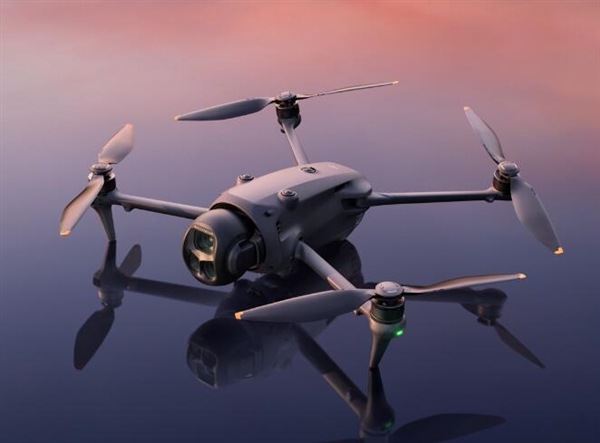In recent years, Iranian drone technology has gained significant attention on the global stage. As a dynamically evolving field, advancements in these unmanned aerial vehicles (UAVs) reflect Iran’s commitment to modernizing its military capabilities and expanding its technological influence. Iranian drone innovations have become a focal point for military analysts and enthusiasts worldwide.
The Evolution of Iranian Drones
Iran’s journey in drone technology began during the 1980s, amidst the Iran-Iraq war. Initially, the technology was rudimentary, primarily focused on surveillance. However, over the decades, Iran has transformed this nascent technology into an advanced field of prowess. Today, Iran designs and manufactures a wide array of drones with both offensive and defensive capabilities.
Iranian Drones on the Global Stage
Several models of Iranian drones, such as the Shahed series, have been tested and deployed in various regional conflicts, illustrating their strategic relevance. The Shahed-129, for instance, is renowned for its long flight endurance and precision strike capability, placing Iran among the top contenders in UAV technology.
Recent updates in the Iranian drone inventory highlight the development of drones equipped with advanced avionics and weaponry systems. These technological enhancements are not only a means of reinforcing national security but also a statement of Iran’s self-reliance in military technology.
Strategic Implications of Iranian Drone Technology
From a geopolitical perspective, the evolution of Iranian drones has several implications. As Iran actively exports its UAV technology to allied nations, it influences asymmetric warfare strategies, thereby altering the balance of regional power. This development raises significant discussions among defense experts regarding the future landscape of aerial combat and surveillance.
Moreover, the inexpensive production costs and relatively high effectiveness of these drones offer Iran a distinctive tactical edge. Such drones can serve diverse roles, from reconnaissance missions to targeted attacks, effectively multiplying their strategic applications.
Technological Innovations Driving Iranian Drones
At the core of Iran’s drone technology is an emphasis on indigenous development. By harnessing local expertise and circumventing international sanctions, Iran has expedited its research and development processes in UAV technology. The advancements in sensor technology, real-time data link systems, and improved navigation capabilities are indicative of Iran’s prowess and ambition.

Additionally, the reverse engineering of captured foreign UAVs has also played a crucial role in the evolution of Iran’s drone technology. This approach has allowed Iran to integrate state-of-the-art features found in Western drones into its models, thus enhancing their efficacy.
Future Prospects and Developments
Looking ahead, Iran’s drone industry is expected to expand further, integrating artificial intelligence and machine learning algorithms to increase autonomy and operational efficiency. These developments are set to redefine the strategic capabilities of Iranian UAVs on both domestic and international fronts.
What does the future hold for Iranian drones?
The trajectory of Iranian UAVs points towards increased sophistication, with potential applications extending beyond military use to include civilian sectors such as agriculture, disaster management, and infrastructure surveillance. Such diversification could fortify Iran’s economic positioning as well.
FAQs
Are Iranian drones significantly impacting international military dynamics?
Yes, Iranian drones play a role in shifting military dynamics, especially in regional conflicts where they are utilized, influencing tactical warfare strategies.
How does Iran develop advanced drone technology under sanctions?
Iran focuses on indigenous development and reverse engineering, bypassing restrictions through local innovation and utilizing captured technology to propel advancements in their drone programs.
What is the potential civilian application of Iranian drones?
Beyond military purposes, Iranian drones can be pivotal in agriculture, disaster response, and critical infrastructure monitoring, signaling expanded economic utilization.